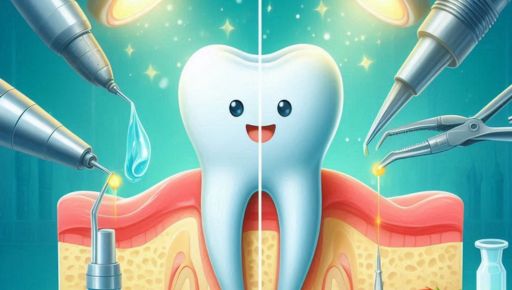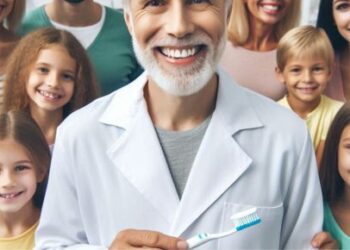
Whenever an uncomfortable toothache ensues, you must contact your emergency Dentist in Arlington Heights, IL, asap. Before the appointment, you might have some questions regarding the treatment you will go through. So, root canal and tooth extraction are two surgical processes to cure infected or damaged teeth. Although differentiating teeth extraction and root canals are challenging decisions, learning more about them can aid you in picking the one you need based on your dental condition.
Root Canal: Overview
It’s a process in which an infected pulp of the tooth is eliminated, and the tooth’s interior is sealed and cleaned to impede further infection. It’s conducted under local anesthesia by a dentist who has obtained training for treating the interior tooth’s condition. It’s important to remember that root canal therapy isn’t painful, as patients feel almost minimal to nothing during this process.
Root Canal Procedure
A root canal process commences by inspecting the patient’s mouth with X-rays, which help decide on the infection’s stringency and the number of impacted teeth. A vinyl or rubber sheet is placed on the infected tooth and the nearby teeth as well. After that, a hole is created in the vinyl or rubber sheet to let the tooth be exposed for treatment. This step is performed to impede the infection from spreading to other areas. The affected tooth’s enamel, which contains the diseased pulp, can be accessed by drilling a hole in it. Your dentist will eliminate this infected pulp and any deceased tissues with specialized tools. They will also clean the area properly and apply antibacterial solutions and ointments to protect it. A thermoplastic material is used to fill the holes and the walls of the canals. Once the surgery is done, you will be prescribed antibiotics for a day or two to reduce the pain and stop post-surgery infection.
Risks of Root Canal
Enamel might be damaged during the process if it’s not done correctly. Moreover, if any infected substance is left behind, it might cause a blemish and outspread further.
Tooth Extraction: Overview
An impacted tooth removal eradicates an infected tooth from its socket and is mainly performed under local anesthesia with the help of a periodontist or surgeon. Once the tooth gets numb, it’s carefully removed from the gum. Due to local anesthesia, you won’t feel any pain during this process; instead, you might feel minimal push and pressure.
Tooth Extraction Process
You will be given anesthesia during the tooth extraction process while the dentist removes the infected tooth with special equipment. The anesthesia deadens the impacted area, and you won’t feel any pain during the surgery. But the pain might be felt once the effect of anesthesia wears off!
Risks of Tooth Extraction
Once the tooth has been removed, there will be a vacant space in your mouth, which can be a proliferating area for bacteria. Moreover, the vacant space might cause infections that may spread quickly to the adjacent teeth, initiating a chain of extractions. An extracted tooth spawns complications for the neighboring teeth due to no physical support and may start to get feeble in the mouth. This results in overlapping, overcrowding, and misalignment. This is a serious issue because if one tooth falls out, it can contribute to the loss of additional teeth, which may eventually end up falling out of the adjacent teeth or being contaminated.
Which is Better?
Root canal therapy is often considered the best way to cure an impacted tooth compared to extraction. However, there are exceptions, for example, if the tooth has gone through extensive damage. Your dentist will meticulously assess your oral health prior to making a treatment recommendation.













